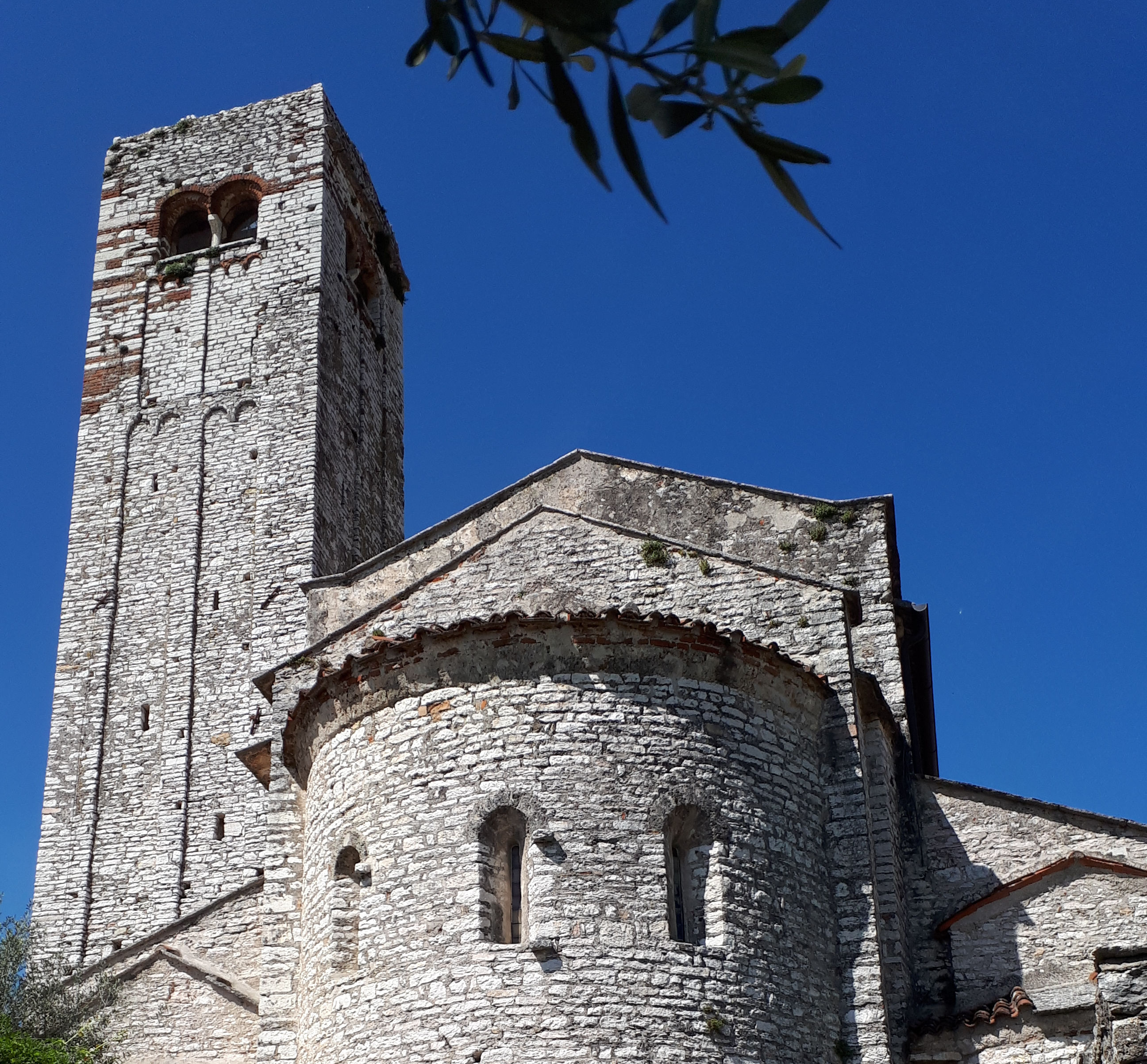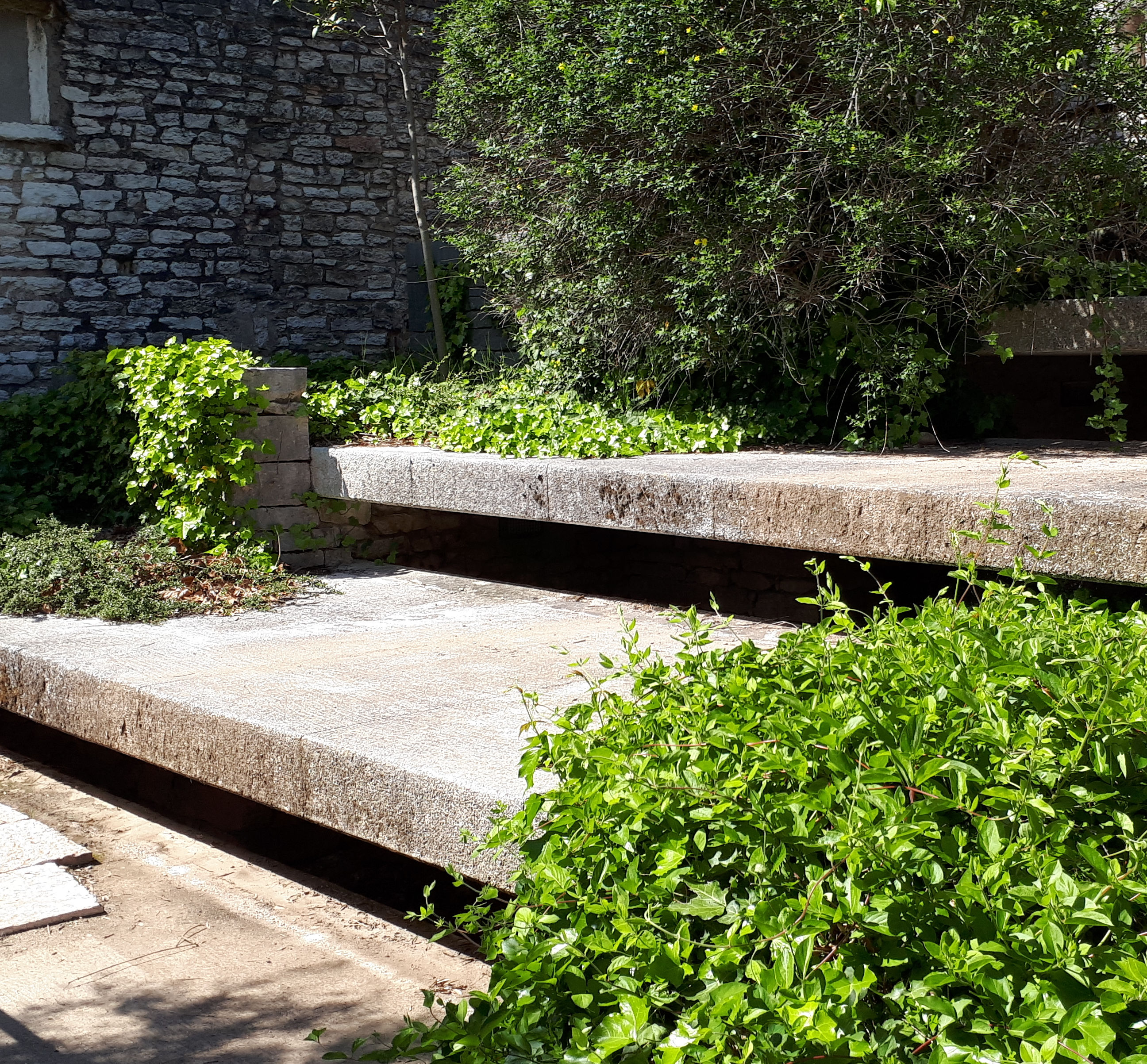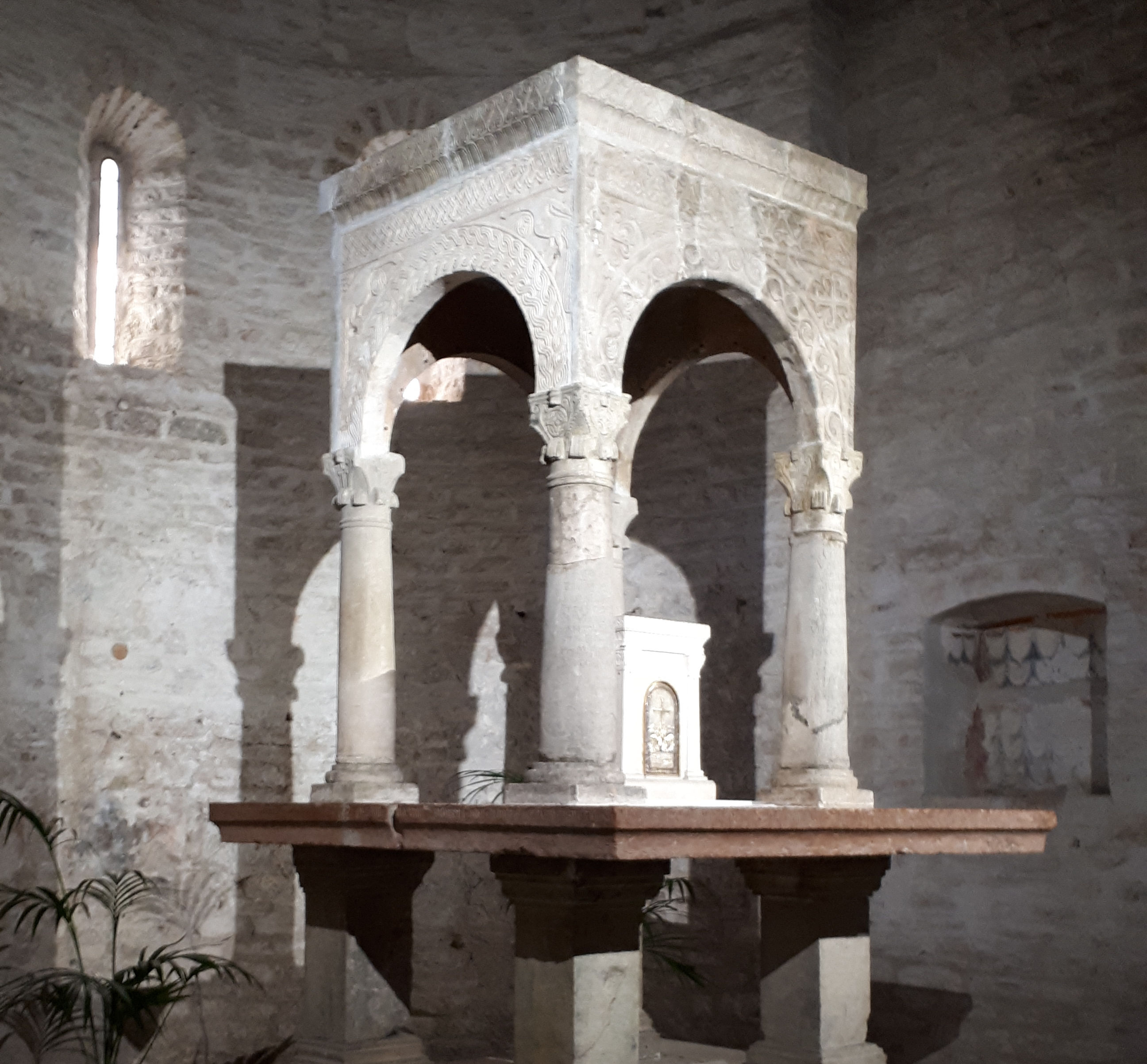The Church of San Giorgio is one of the most important Romanesque monuments in the Verona area. The building has a three-nave plan, with the most interesting feature being its double apse termination. Scholars explain the bi-apsidal plan by assuming two construction phases: one Lombard with the church facing east, and the other, dating back to around the 11th century, when the church was rebuilt facing west. The small cloister and the panoramic view are also beautiful.
Next to the religious building is a museum. It includes an ethnographic museum, established in the 1970s, documenting local activities and traditions, with a typical Valpolicella kitchen set up inside, and an archaeological museum, inaugurated in 1992, displaying artifacts found on site such as Roman altars and inscriptions, Lombard and Carolingian sculptures and reliefs, and art objects from various eras.



During the flourishing period of rural municipalities, San Giorgio also organized itself as a municipality, with its own statutes, rector, stewards, mayor, treasurer, and councilors. It belonged half to the Count and half to the Bishop. The Erzoni family, later known as the Lendinara, governed it in their name. The Municipality made a notable appearance on four solemn occasions in the 12th century: in 1139, it sent its representatives to negotiate with the jurisdictional authorities, the Count and the Bishop, the delimitation of their respective rights and duties; in 1184, it officially appeared in the list of villages in the province, compiled by the magistrates after the Peace of Constance; in 1187, on the occasion of the transition to the total jurisdiction of the Bishop; in 1206, on the occasion of the transition to the jurisdiction of the Municipality of Verona, it claimed rights and autonomy.
The municipal organization, which was the result of a great economic-social evolution, population increase, land reclamation, and cultivation, was more favorable to the vicus of Sant’Ambrogio than to the pagus of San Giorgio. The inhabitants of the hills descended to the plain, near the fertile fields, and began the social development of Sant’Ambrogio. In the list of villages in the province of Verona, compiled after the Peace of Constance (1183), already mentioned, Sant’Ambrogio does not appear while it is listed as a social entity.